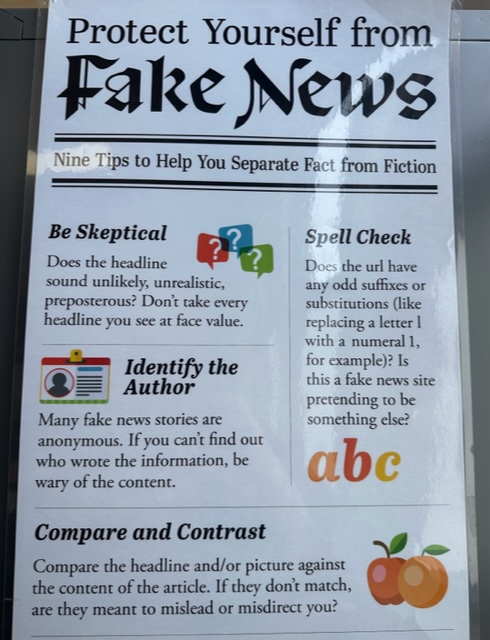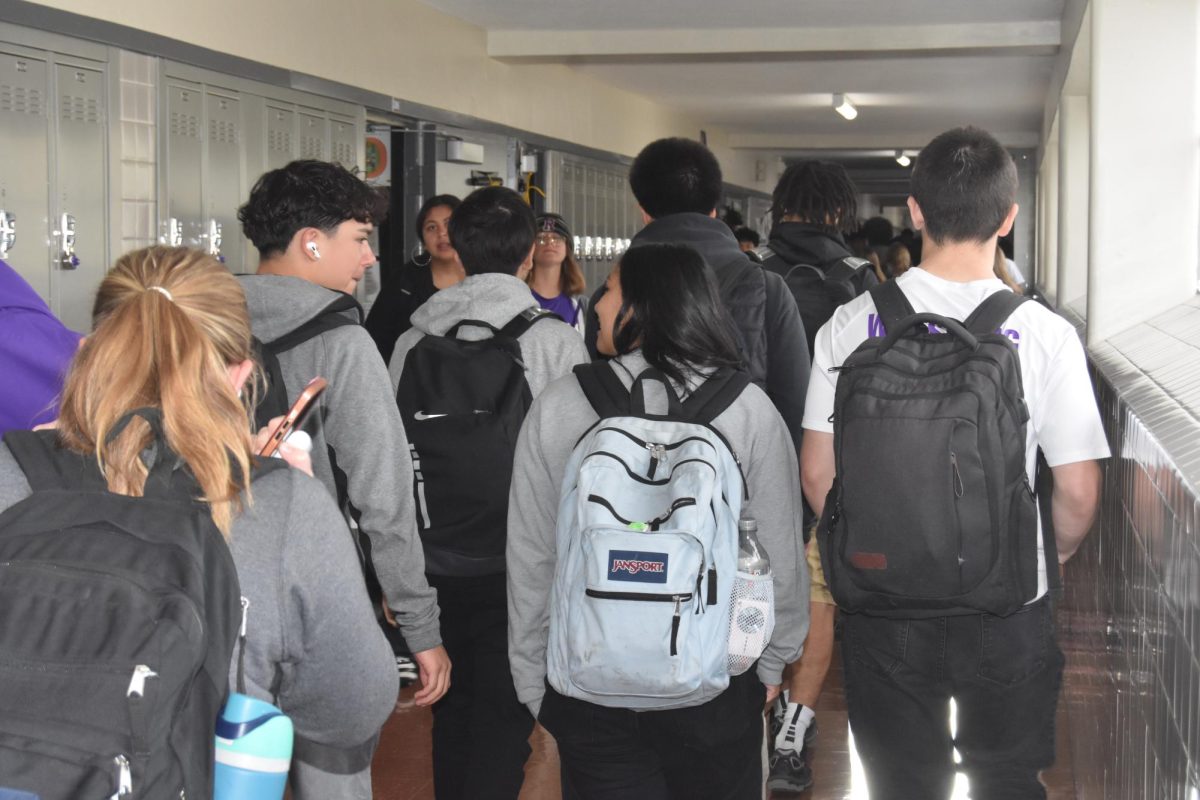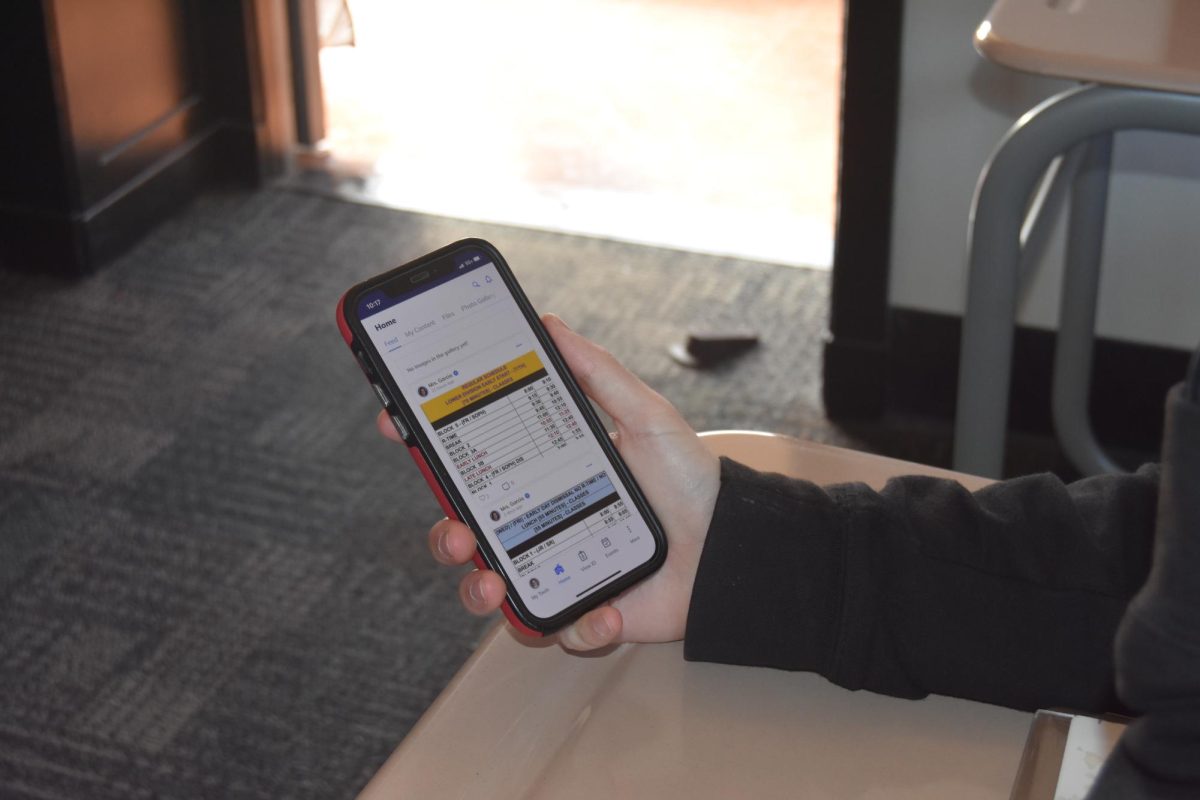Media literacy is the ability to dissect media, to understand its message not within a void, but within the context of its creator and the society for which it was created. In an age where power is dictated by information, it has become crucial that we develop the skills to challenge the information we are fed through media and art. From politicians to corporations, powerful actors in society seek to manipulate the information that is accessible to the masses in order to take advantage of their power, whether through their vote or dollar.
Aided by sleek book covers and infographics, misinformation is allowed to proliferate wildly throughout society, abetting bad faith actors in covering up the truth. Without a greater emphasis on media literacy, we have traded our ability to confront the uncomfortable truths of life for a glamorous, distorted version of reality which aligns with our worldview. If we refuse to dig deeper into the information we are fed, we can enjoy our blissful ignorance, feigning naivety if we are called out for it.
In a sense, our lack of media literacy liberates us from the guilt of lacking the power to enact quick yet significant change within the world we live in. Yet we must continue tearing the bandaid off, to critically examine the information we are given, lest we allow ourselves to become complicit in the actions of those controlling information, to lend our voices and spending power to causes we do not truly identify with. Likewise, a lack of media literacy strikes at our innermost capabilities to appreciate art.
Without the capacity to understand the context and nuances within each piece of art, we are incapable of engaging with perspectives contrary to our own. It distorts our perception of media and art containing subversive content, condemning it as promoting wickedness without looking further into the commentary that the piece seeks to convey on our society or the experience of the creator that prompted them to create their work. It shames artists out of creating work that does not fit into the rigid standards of inoffensive taste, lessening our capacity to embrace new ideas and hold effective discourse around our values and beliefs.
At best, we misinterpret the artist’s work, and at worst, we march towards the total condemnation of their body of work, the same tyranny that leads to burned books and vandalized art.
Our quickly weakening sense of media literacy, however, is a trend that does not have to persist. Parents can help their children develop a sense of literacy by encouraging them to ask questions about context, sources, and the creator of the media or art piece. Schools should also play a role in developing media literacy by introducing their students to a variety of different movements and ideas, and teaching them to understand their rationale and criticisms, especially within the humanities and social sciences.
Likewise, they can teach students to examine the world through a variety of lenses, including those that are completely contrary to their own identities. We should also encourage those of all identities to create their own art and contribute to the tapestry of humanity’s stories, to allow others a look into their own lives.
In this manner, we could teach the next generation to put themselves in the shoes of a creator, to find a deeper interpretation of their work by becoming creators in their own right. By emphasizing a critical yet open minded approach towards engaging with media and art, we not only gain the fullest use of the information available to us, but teach the next generation to do the same. We regain our power not merely as consumers wielding spending power in the economy or as citizens within our democracy, as humans in our world with the capacity to enact change rather than standing idly by, waiting for someone else to do something.






